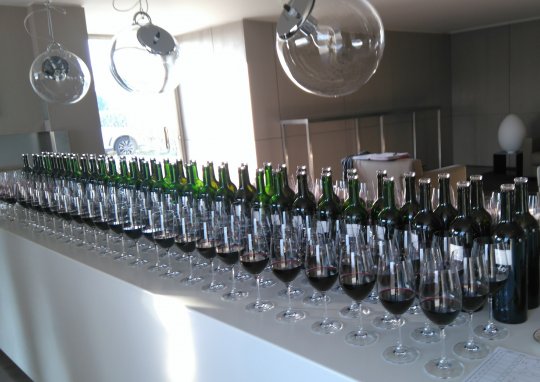At Château Latour, for example, there are three labels all in the Pauillac appellation, corresponding not only to three "quality levels" but also to distinct geographical origins.
Similarly, at Domaine d'Eugénie, it was decided to isolate and age separately a Vosne-Romanée Village plot that is unique in terms of its location and remarkable quality, and not to blend it with the property's other batches of Vosne-Romanée village.
At Château Grillet, given the appellation's small size, it was decided to move certain batches that were not selected for the first wine (essentially young vines and certain sectors that could sometimes be affected by the year's climatic conditions) to the fallback appellation (Côtes du Rhône).
At Clos de Tart, quality is generally very homogeneous but it has been decided that younger plots and certain plots planted with more vigorous plant material should be separated and labelled as Morey Saint Denis premier cru.
Beyond this basic strategy and decisions based on land registry divisions, it is essential to validate these choices by tasting and to determine a procedure in this process.
If the strategy is to prioritize different batches from the same appellation through "homogeneous quality levels" (even if it means grouping together batches with very different styles, including those made from different grape varieties, but which are perceived as being of the same quality), the simplest procedure is to isolate the batches deemed "intermediate", and include them or not in the two quality levels on either side of them and then decide their fate by blind tasting.

